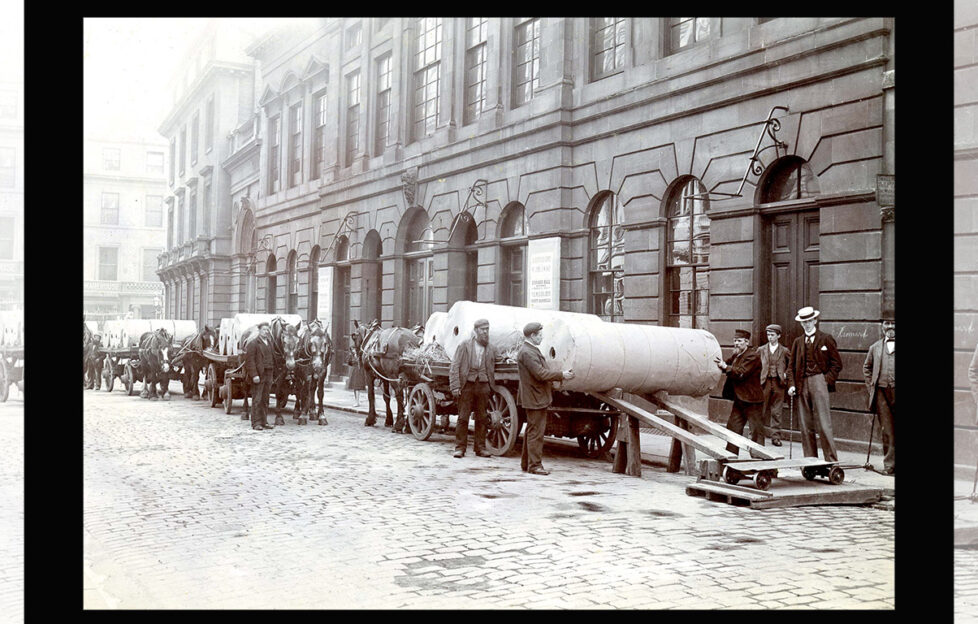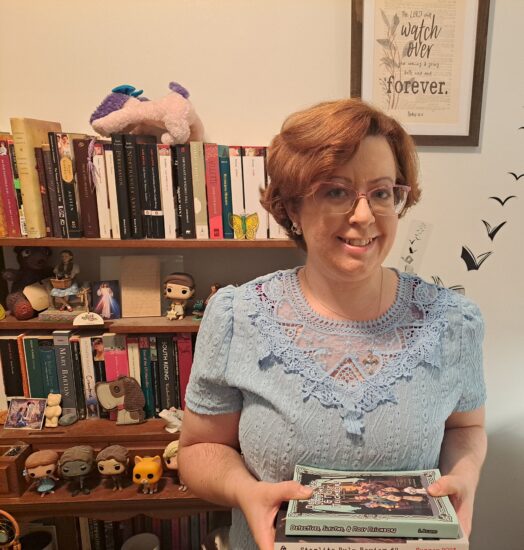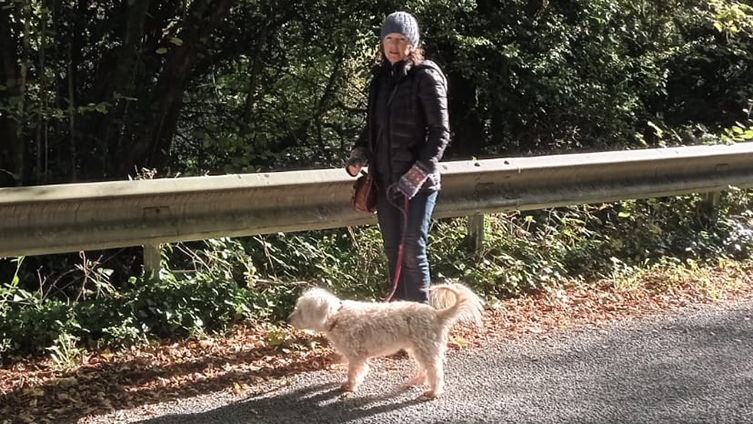
Following from last week’s look at fiction in our earliest times, this week we’re looking at how our fiction went from strength to strength, in those early days.
Late Victorian Days
In the late Victorian period, stories about changes and problems in society remained popular with “Friend” readers – as well as a new genre, detective fiction, with the Friend’s own William C. Honeyman writing some of the first detective fiction in the country.
Female writers were becoming more visible, although many continued to write under a pen name – like our own Annie S. Swan, who sometimes chose to write as David Lyall.
A New Century
The industrial revolution meant the Edwardian period was a time of change, but then as now, the “Friend” remained a constant in a changing world.
Our fiction and poetry were changing to occasionally include a new concept – illustrations.
The Outbreak Of War
War was declared in August 1914, but it took a few months for that to be reflected in our stories, due to the longer time it took to go through the production process in those days.
Our fiction showed the realities of war balanced against lighter romances, family stories and mysteries. Escapism, with relatable characters, who shared readers’ worries.
Women started to take on traditionally male roles and became part of the workforce.
The Home Front
Annie S. Swan – who would write for the ‘Friend’ for over sixty years – toured the battlefields of France and became a major fundraiser for our boys at the front, as well as a morale-raiser for “Friend” readers at home.
On the home front, there would be an appeal for ‘girl readers’ to work in the “Friend” office, to replace men on active service.
For the first time in its history, “Friend” fiction was aimed primarily at women, rather than the whole family.
***




